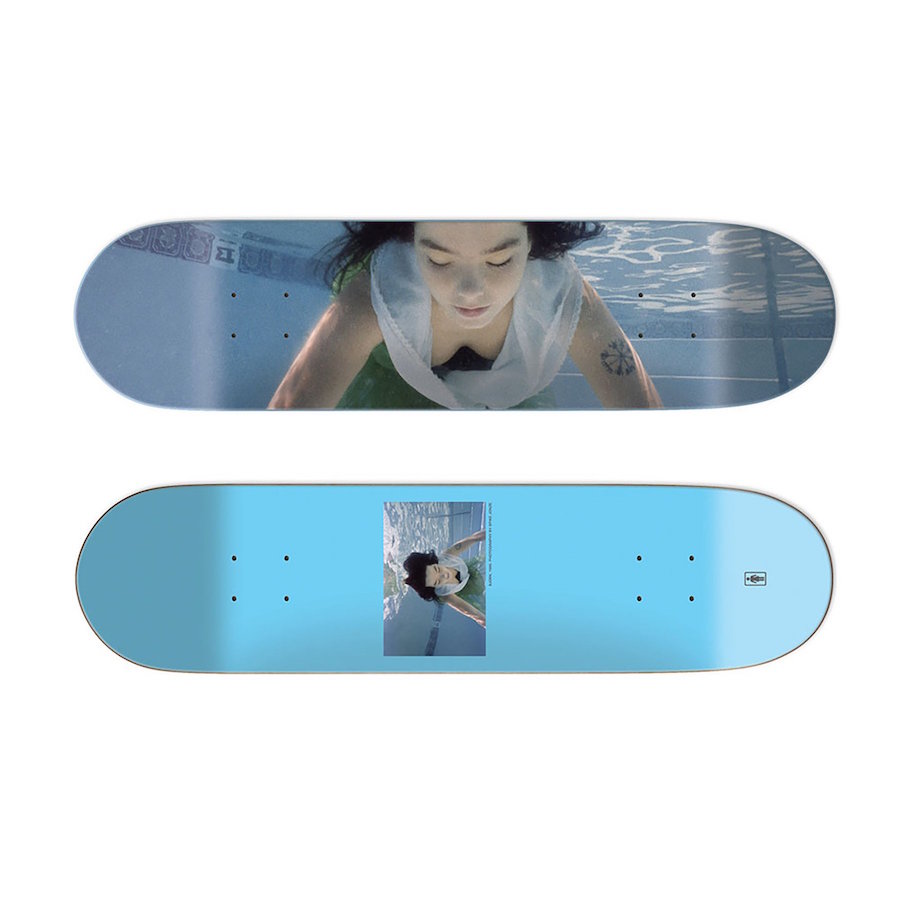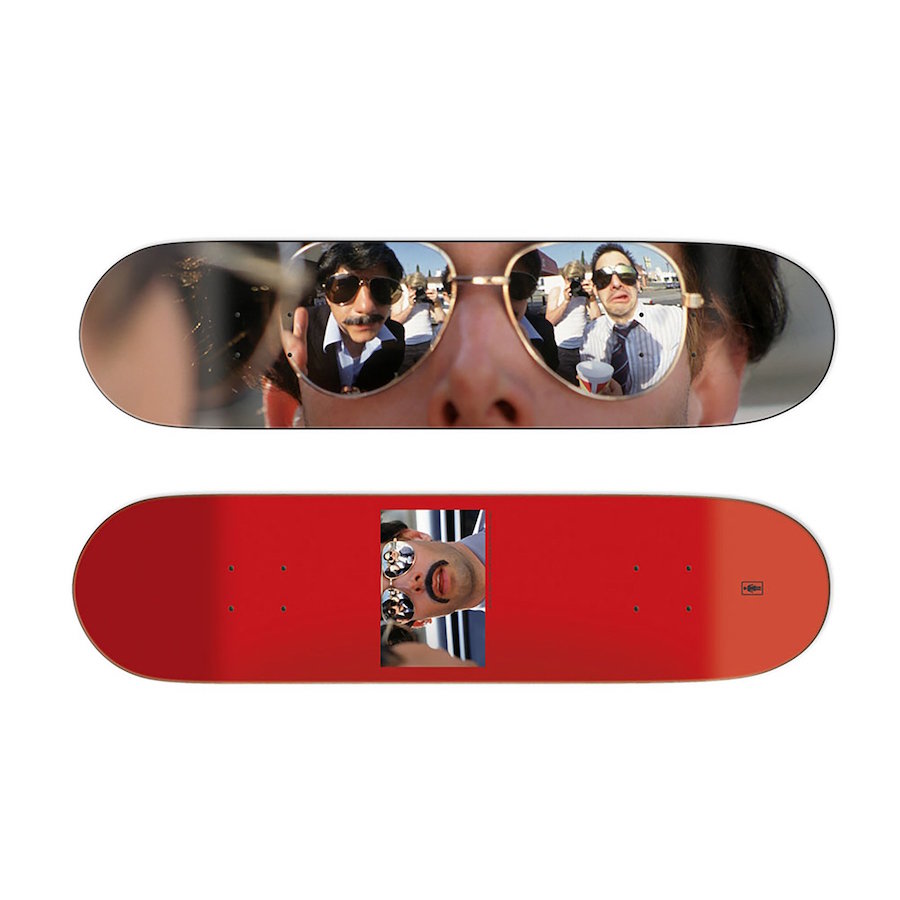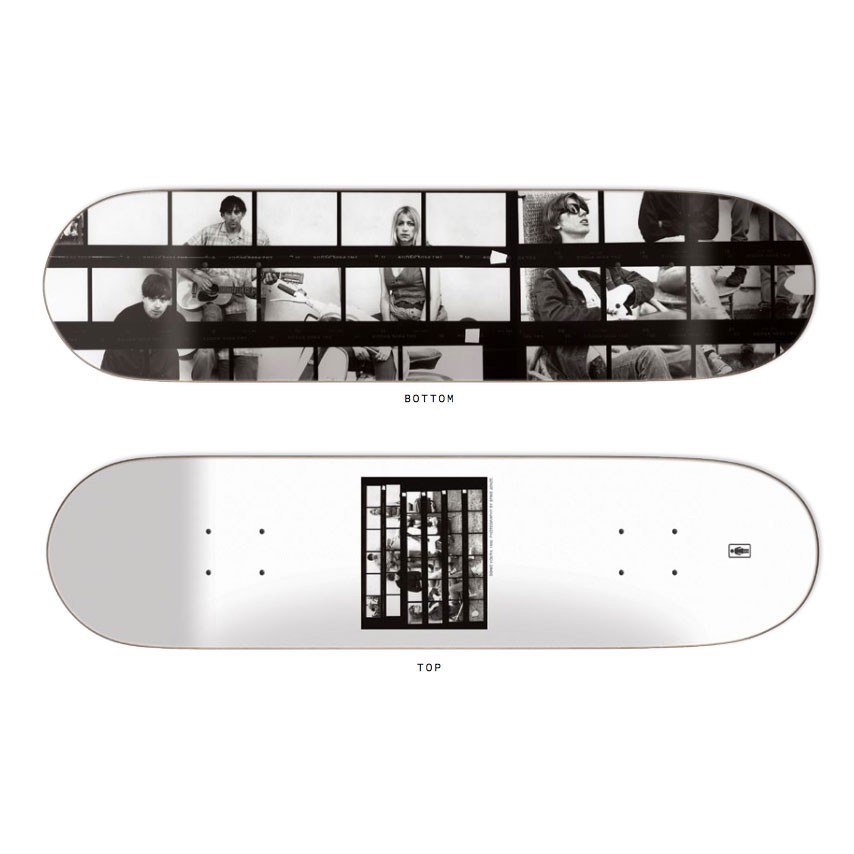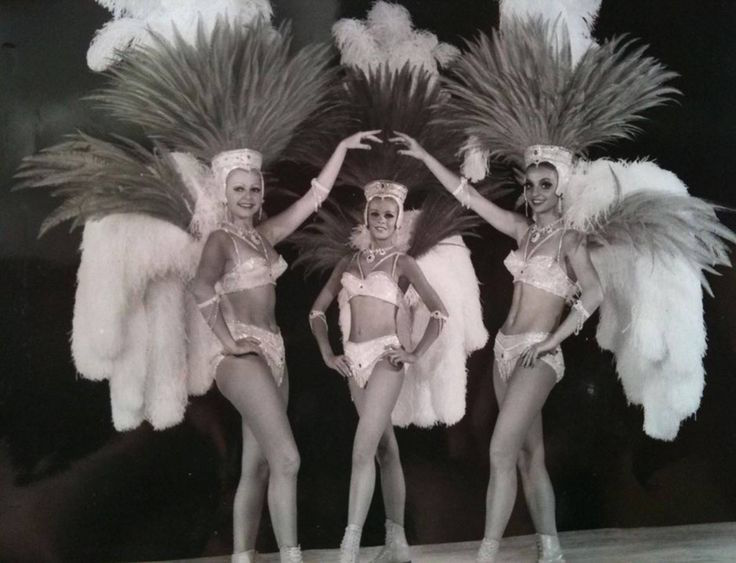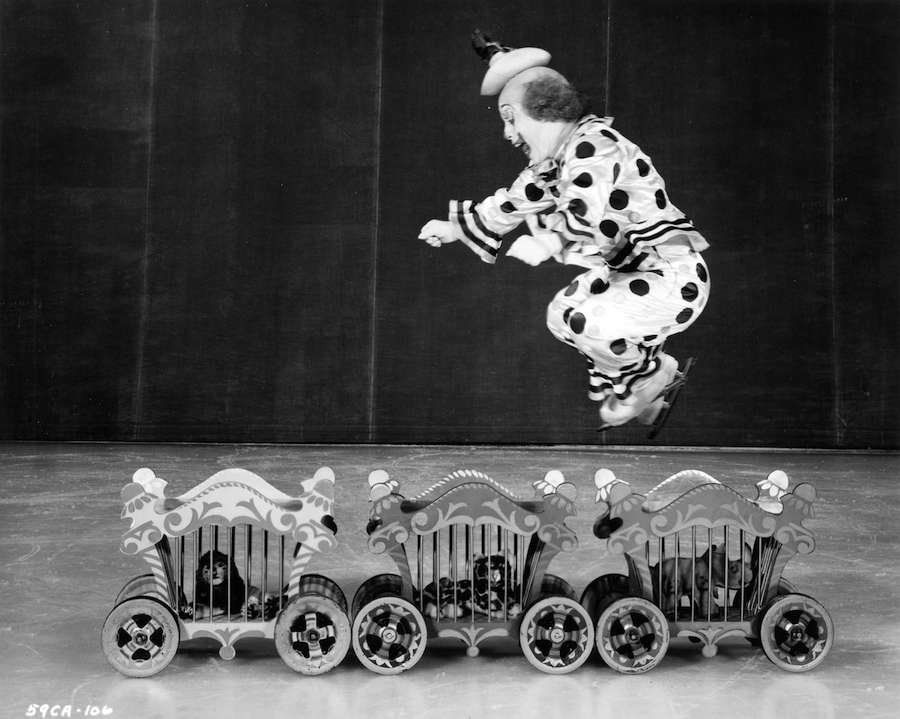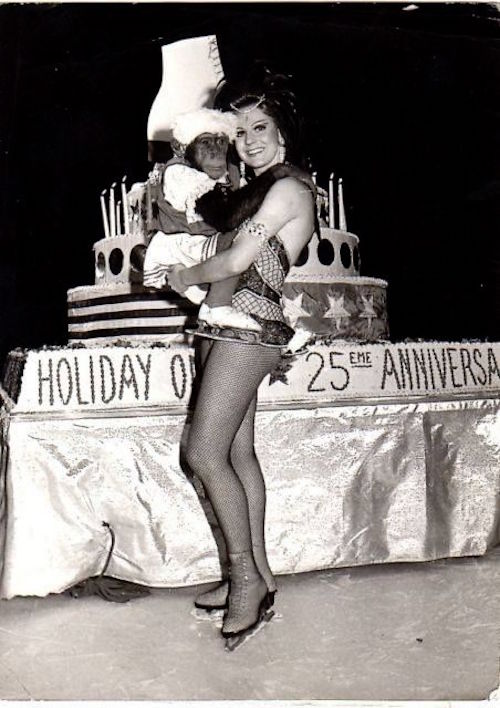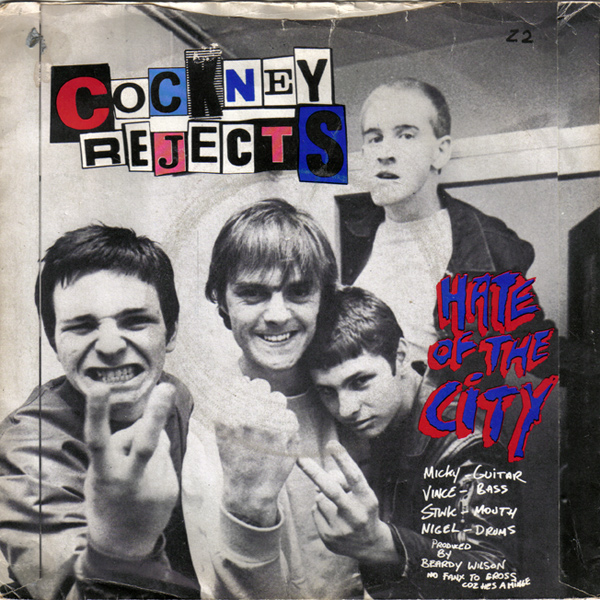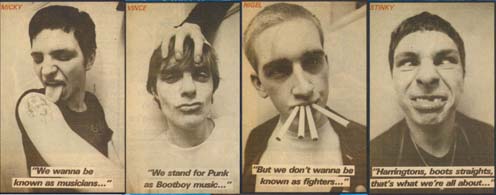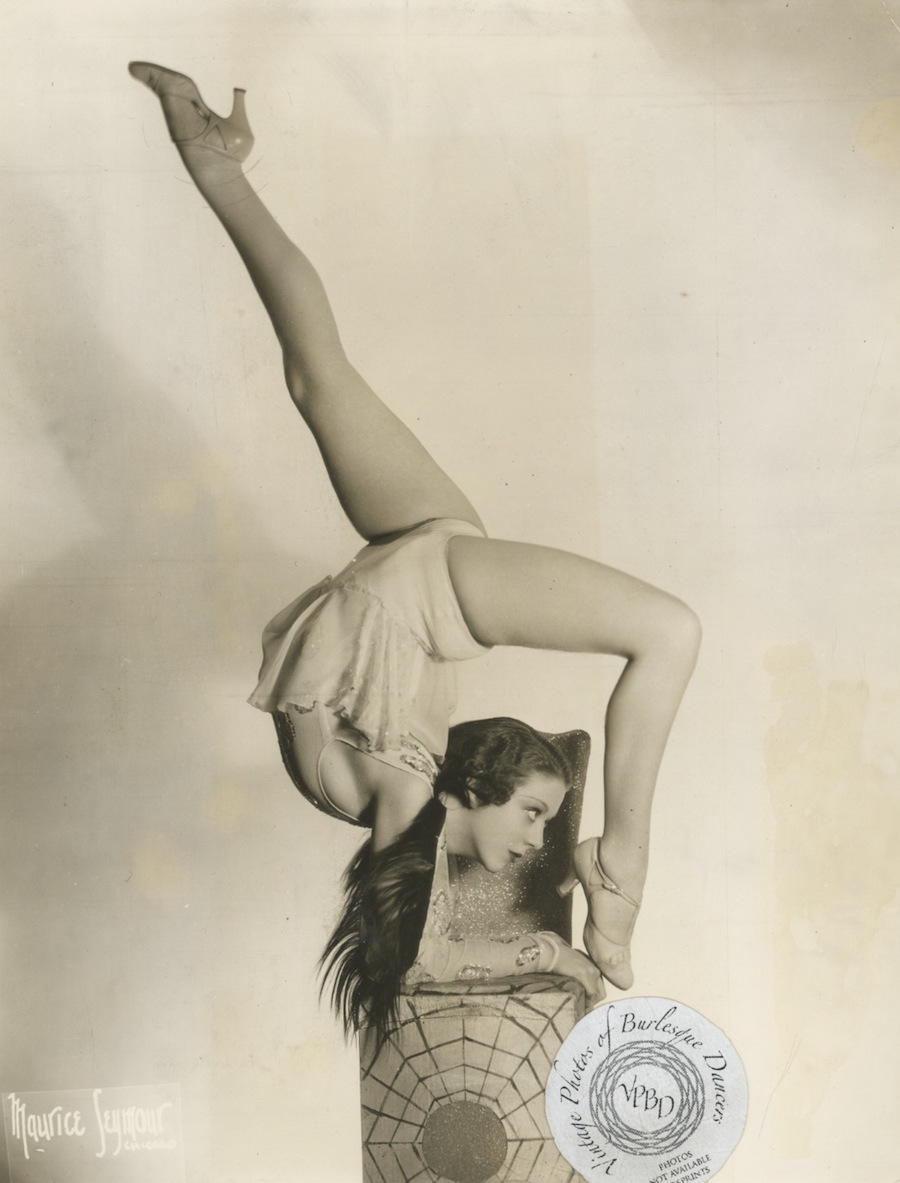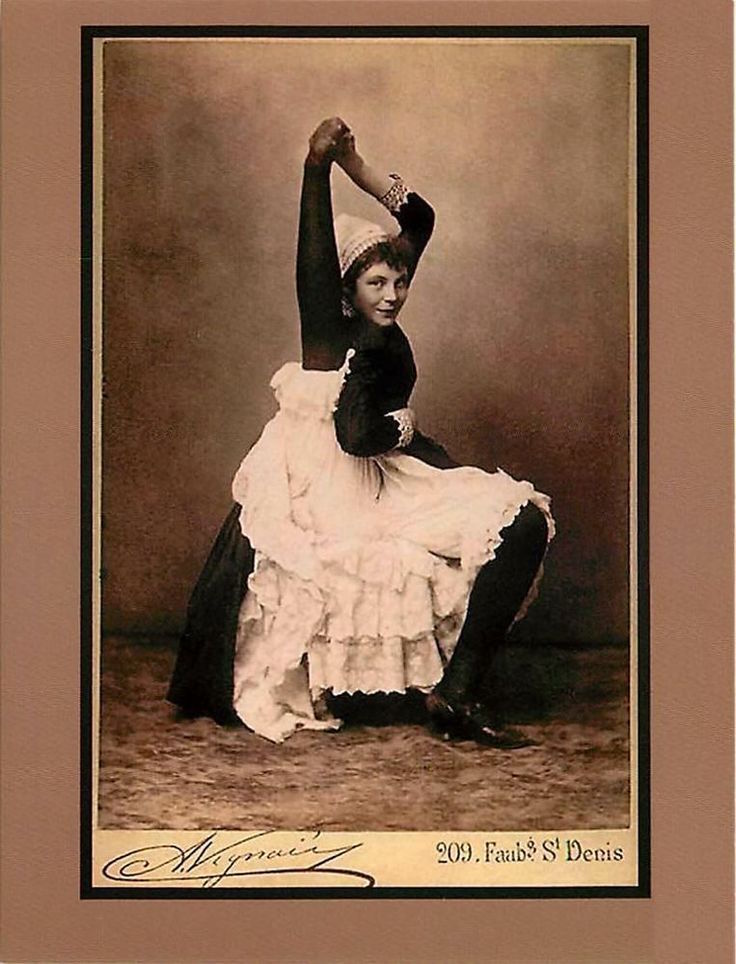
Shirley “Cha Cha” Muldowney on the cover of ‘Sunday News Magazine’ in 1978.
Like many fields of work, the drag racing scene was and is fairly well dominated by men. During its heyday, specifically the mid-1960s through the early 1970s, the National Hot Rod Association incorporated the use of gorgeous women/models to help appeal to the fanboys. If you were into that scene, you probably spent a lot of time fantasizing about Pam Hardy aka “Jungle Pam” who accompanied driver “Jungle Jim” Liberman across the country clad in go-go boots and form-fitting, barely-there outfits that showcased her bodacious “assets” while she showboated on the track and in the pit for her adoring fans. Though Liberman would pass away unexpectedly in 1977, Hardy would continue to appear at racing events. But this post isn’t about buxom blonde race track cheerleaders. It’s about the ballsy women who drove the cars during that era—and there were actually quite a lot of “speed queens” that not only gave their male counterparts a run for their money, but also blazed a trail for other women who wanted smoke up the track.
And since I know you’re curious, here’s a shot of “Jungle Pam.” Though her attire says otherwise, it must have been cold that day.

Although there were many notable women drag racers who were active during the 60s and 70s, today I’ll be focusing your attention on three of them: Janet Guthrie, the first woman ever to compete in the Indianapolis 500 and in the Daytona 500 NASCAR Winston Cup race; the “First Lady of Drag Racing,” Shirley “Cha Cha” Muldowney; and Carol “Bunny” Burkett, who famously worked at the Playboy Club in Baltimore for a brief period in order to help fund her racing career.
Let’s start with my favorite of this kick-ass quad, Shirley Muldowney. Muldowney got her National Hot Rod Association (NHRA) license in 1965 and subsequently became the first woman to compete in the “supercharged gasoline dragster” category. When the NHRA did away with the category, Muldowney set her sights on the ever-popular “funny car” category. Despite their amusing sounding name, there’s nothing actually amusing about “funny cars” as they are insanely dangerous, supercharged pieces of methane-powered machinery that can kill you. But that didn’t phase Muldowney who won her first funny car race in Lebanon Valley, New York. Her success with funny cars led her to compete in the “Top Fuel” category and in August of 1975 she became the first woman to smash through the “five-second barrier” in Martin, Michigan at the Popular Hot Rodding Championships. Fast-forward to 1982 (and many other accolades and awards) when Muldowney became the first woman to receive three national championships from the NHRA making her the first female Top Fuel driver to ever receive this distinction. Make no mistake, Muldowney was a badass in every sense of the word. However, as I mentioned previously, drag racing is a risky pursuit for anyone—male or female alike.
In 1984 Muldowney nearly lost her life after one of the front tires of her nitro-powered dragster blew out while she was screaming down the track at 250 mph. The horrific crash sent Muldowney to the hospital with many injuries including two broken legs that were so messed up that there was a distinct possibility that she might never walk again, never mind get behind the wheel of a race car. But she did indeed walk again and in 1986 she returned to race in the NHRA. In 1989 she became the first woman to join an elite “Crager Four-Second Club” by reaching a mind-shattering 284 MPH in her Top Fuel car in 4.974 seconds. Muldowney would continue to race throughout the 90s until she retired in 2003. Muldowney’s remarkable life and career was the basis for the 1983 film Heart Like a Wheel starring actress Bonnie Bedelia (“Holly Gennaro McClane” of the Die Hard franchise).

The earliest known photo (though undated) of Shirley “Cha Cha” Muldowney taken at the Dragway 42 in West Salem, Ohio.
Janet Guthrie was another pioneer in women’s drag racing though she didn’t start out with that goal in mind necessarily. In 1964 at the age of 26 Guthrie was accepted into the very first “Scientist-Astronaut” program and though she made it through the first round of eliminations she didn’t make it all the way. Before she entered the wild world of professional car driving she held several fascinating jobs such as a flight instructor (Guthrie was a skilled pilot), an aerospace engineer, and she spent thirteen years building and maintaining race cars she personally owned. In 1976 Guthrie became the first female competitor to race in the NASCAR Winston Cup stock car race. One year later she competed in the Indianapolis 500 and drove in the Daytona 500. Both of these occasions marked the first time that a woman had participated in both prestigious events. A force to be reckoned with, Guthrie garnered the praise and respect of her peers. Here’s NASCAR legend William Caleb “Cale” Yarborough on Guthrie’s racing prowess back in 1977:
There is no question about her ability to race with us. More power to her. She has “made it” in what I think is the most competitive racing circuit in the world.
Thanks to her legendary (albeit short) career Guthrie’s racing suit and helmet are a part of a permanent display at the Smithsonian Institute. Her 2005 autobiography Janet Guthrie: A Life at Full Throttle was praised by The New York Times and Sports Illustrated. In 2006 Guthrie was inducted into the International Motorsports Hall of Fame.
Lastly—but not least by a long-shot—is Carol “Bunny” Burkett. Born in the poverty-riddled hills of West Virginia she and her family were fortunate enough to move to Virginia when Burkett was young. According to Burkett, her then boyfriend got her interested in racing when she was just fifteen when he let her speed around a racetrack in his 1955 Mercury. Burkett was hooked and a few years later she purchased her first car—a 1964 Mustang. A year later she was cleaning up at the track winning race after race. In an interesting turn of events Burkett would leave the racing circuit due to financial troubles and got a job at the Playboy Club in nearby Baltimore, Maryland so she could earn the cash necessary to keep her racing career going. The cheeky stint would earn her the nickname of “Bunny” which she emblazoned on her cars.
By the time the 1980s came along Burkett was once again winning championships and in 1986 she won the very first International Hot Rod Association/Alcohol Funny Car (IHRA AFC) championship and is the only female driver to have done so, earning her the title of “First Lady of Funny Car.” Almost a decade later Bunny narrowly avoided being killed after one of her fellow competitors hit her car at more than 200 MPH. Like Cha Cha Muldowney, Bunny would soon enough return to racing for a number of years before ultimately retiring. Burkett is a breast cancer survivor and has spent the later part of her life working for charitable special-needs organizations. According to Burkett all she really wants is to be remembered as is a “good drag racer, a good driver and most of all, a good person.” And to that I say, “mission accomplished” Bunny. And then some.
I’ve included some incredible photos of all of these equally incredible, barrier-busting women below including images from both Bunny’s and Cha Cha’s horrific crashes, as well as other shots of the badass gals behind the wheel and standing by their cars instead of a man. Because horsepower = girl power.
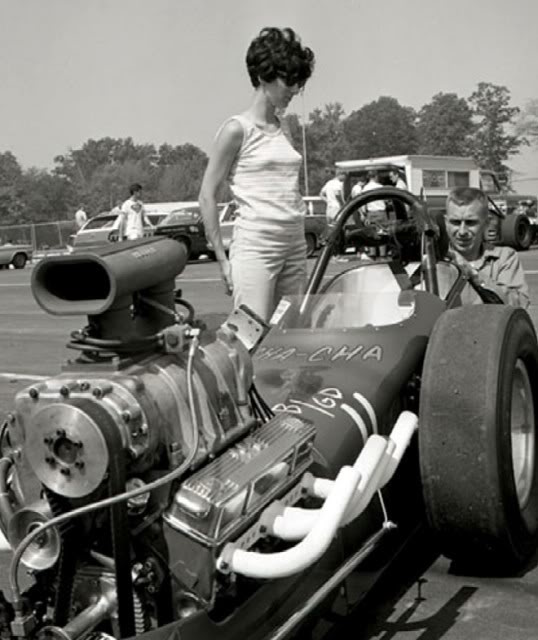
Cha Cha Muldowney presiding over her then husband Jack and her dragster.
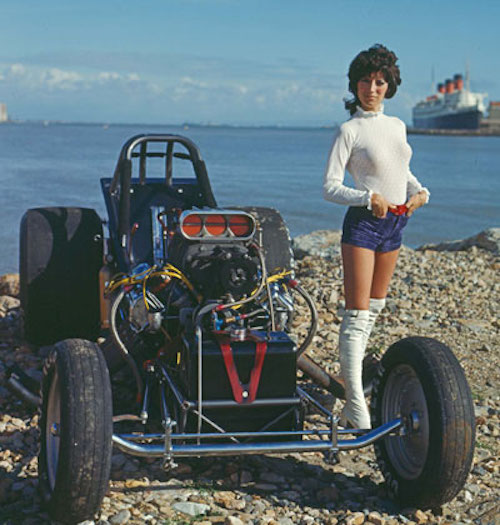
Another awesome shot of Muldowney on the beach with white go-go boots beside one of her cars.
More after the jump…
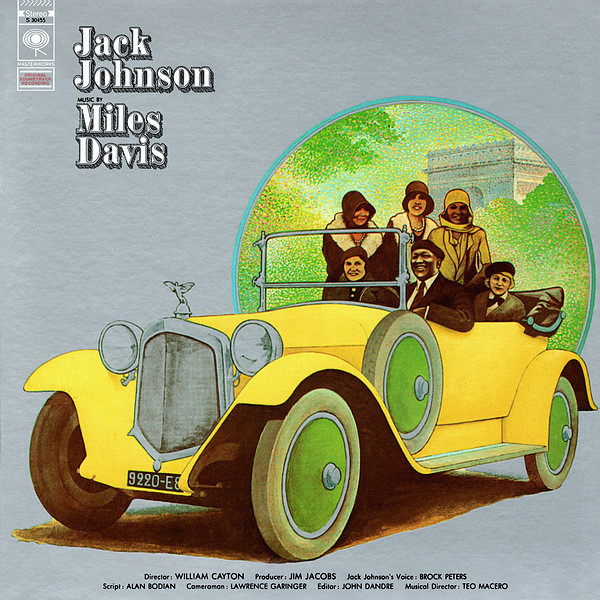
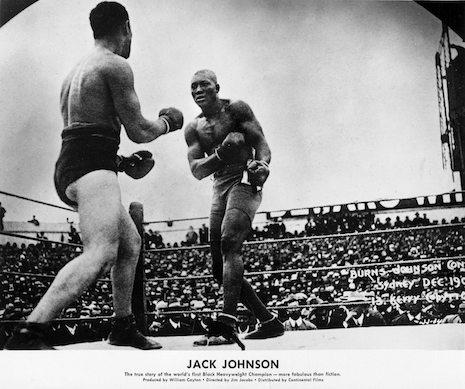






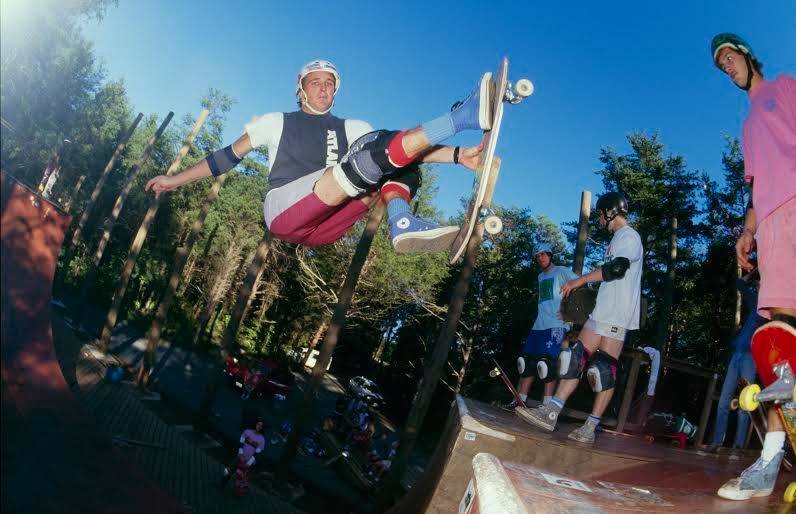
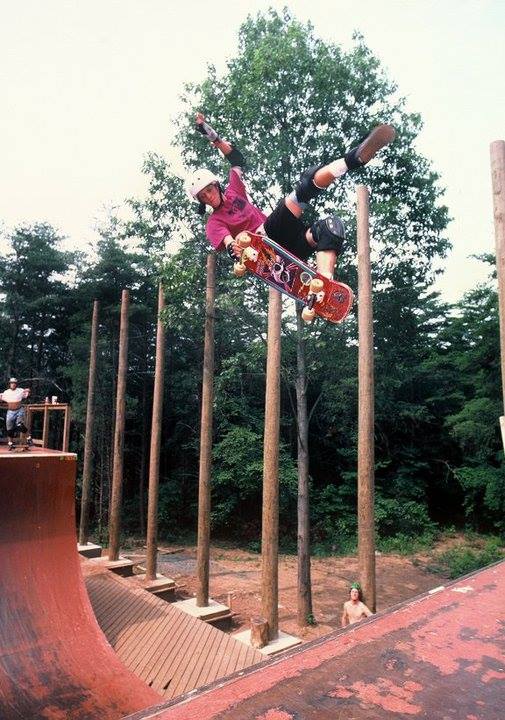
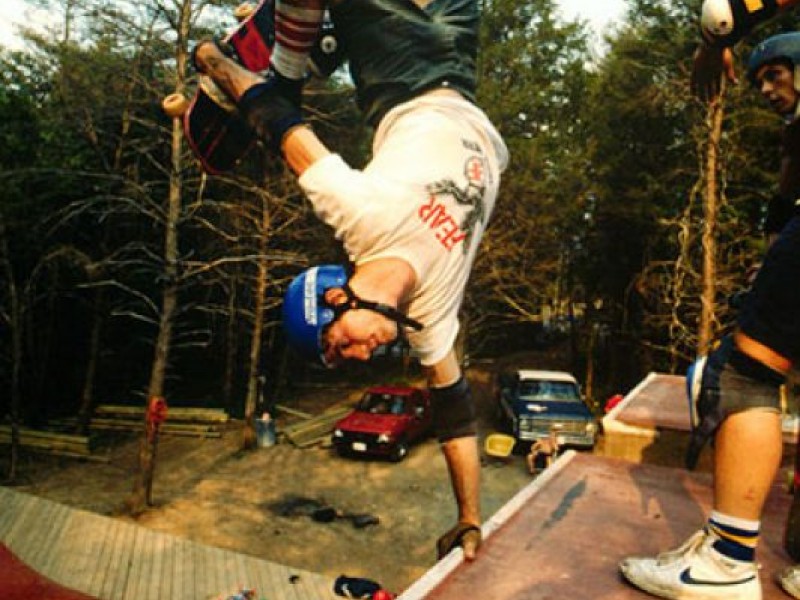
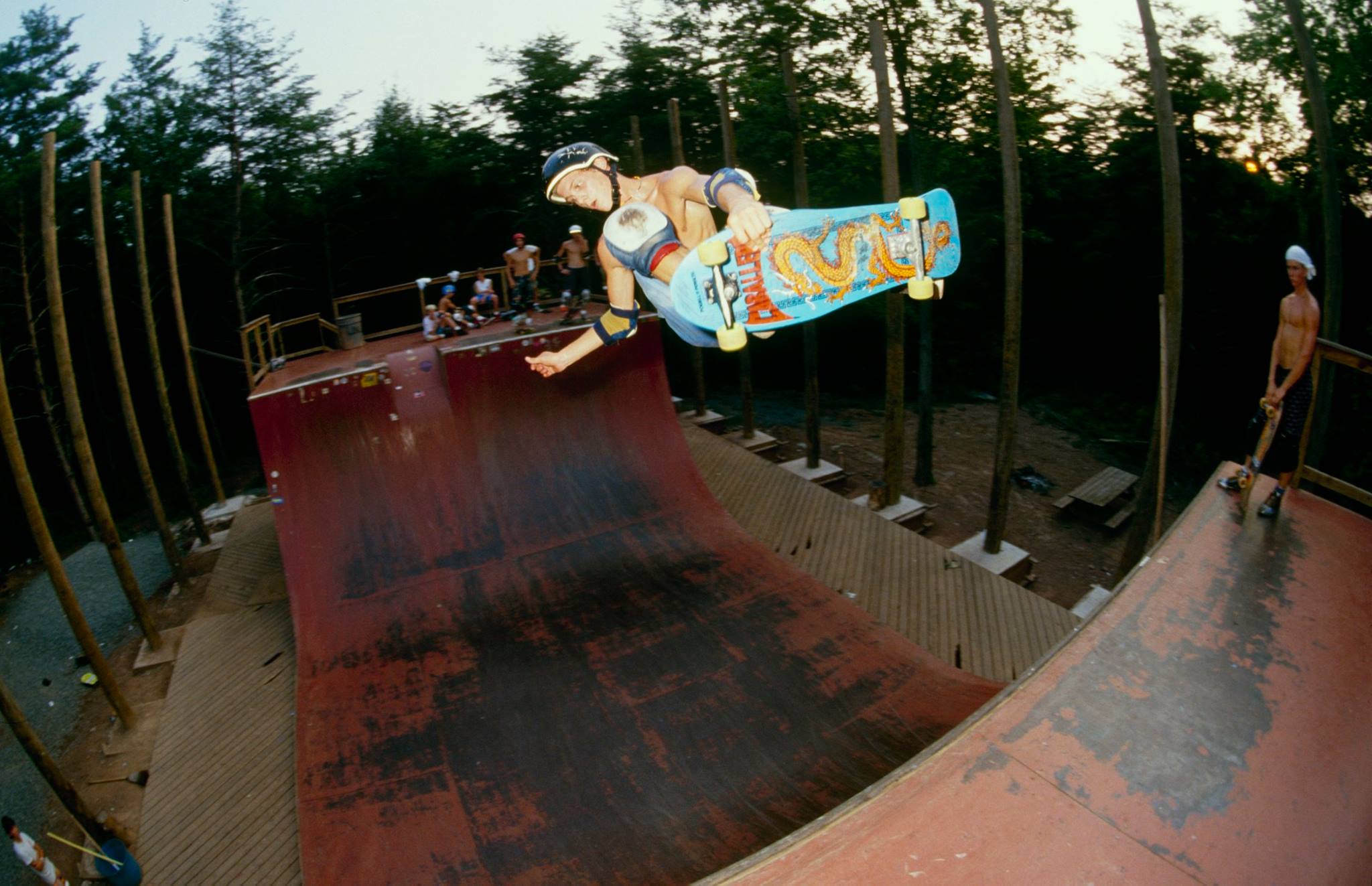
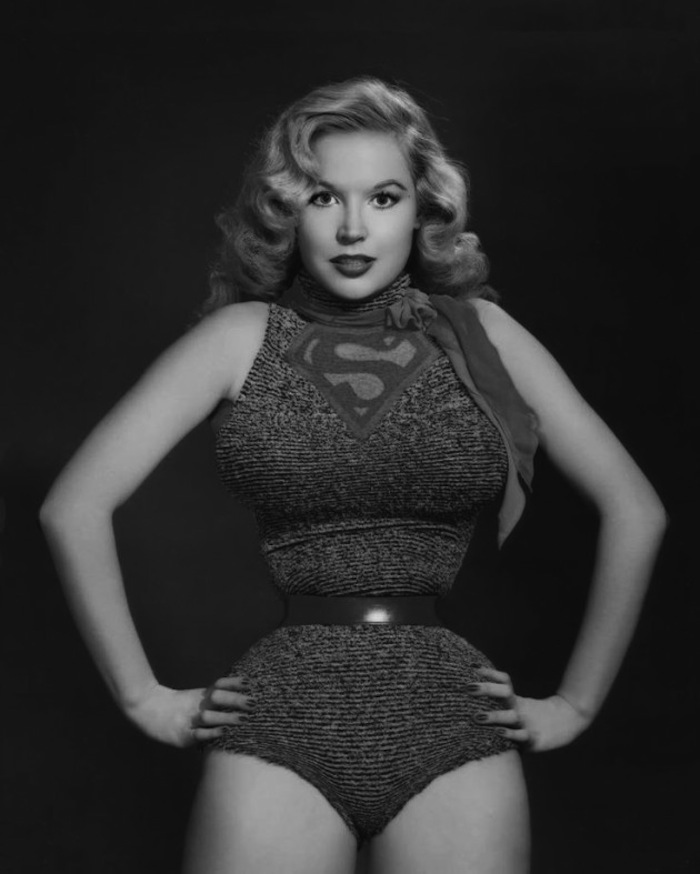
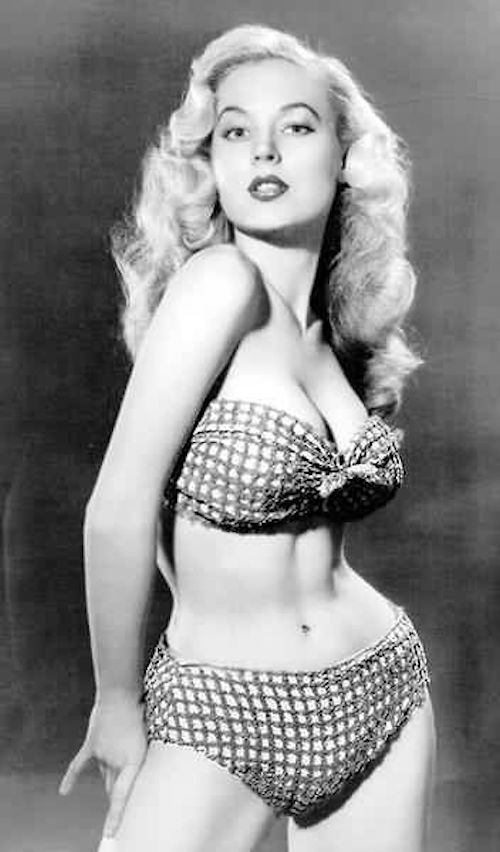
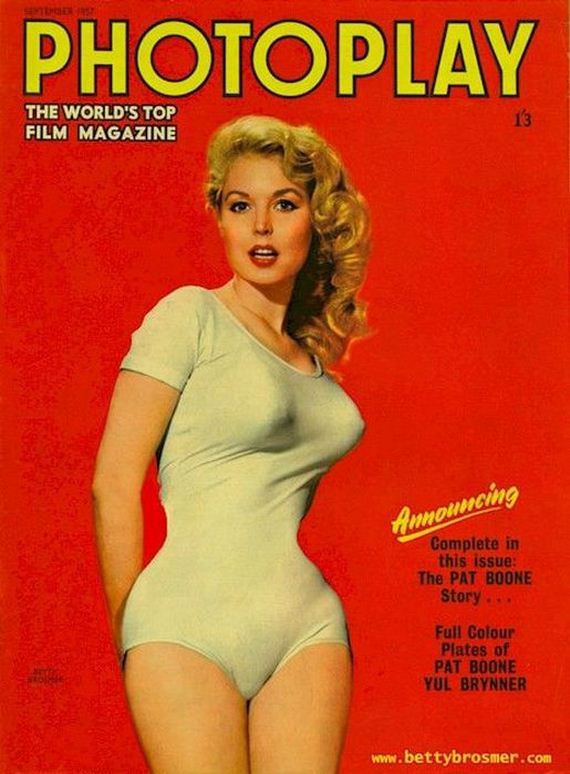

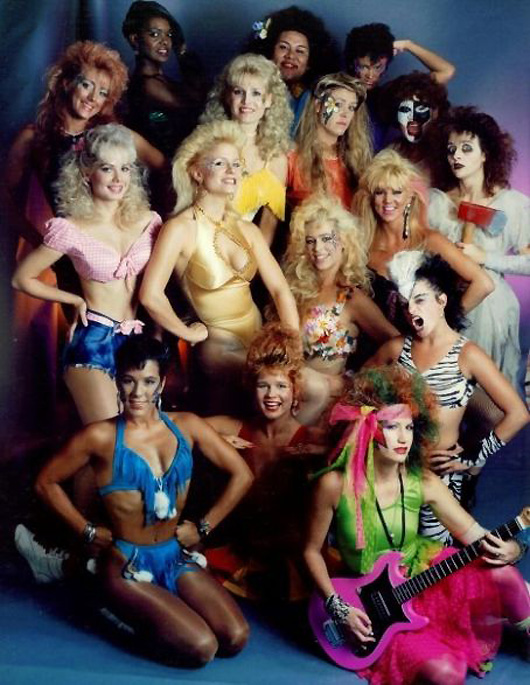
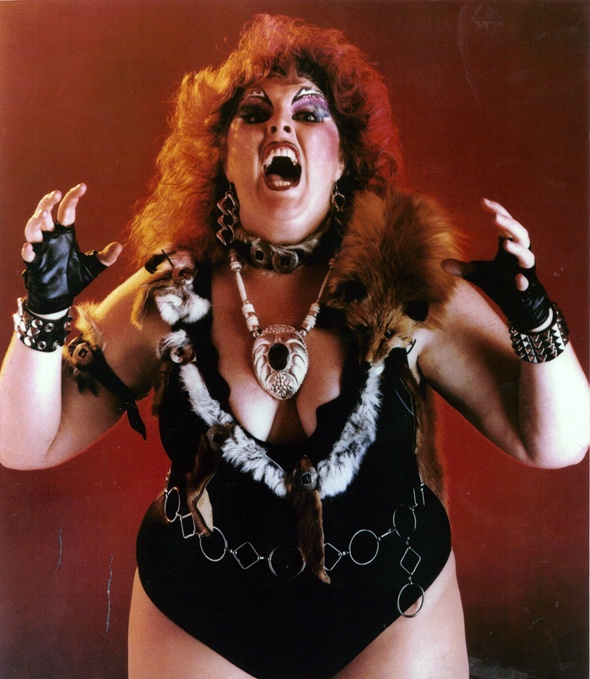
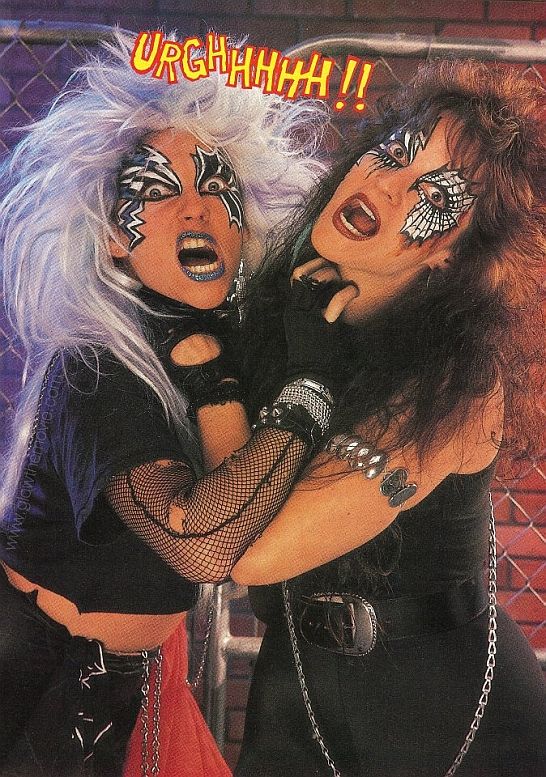
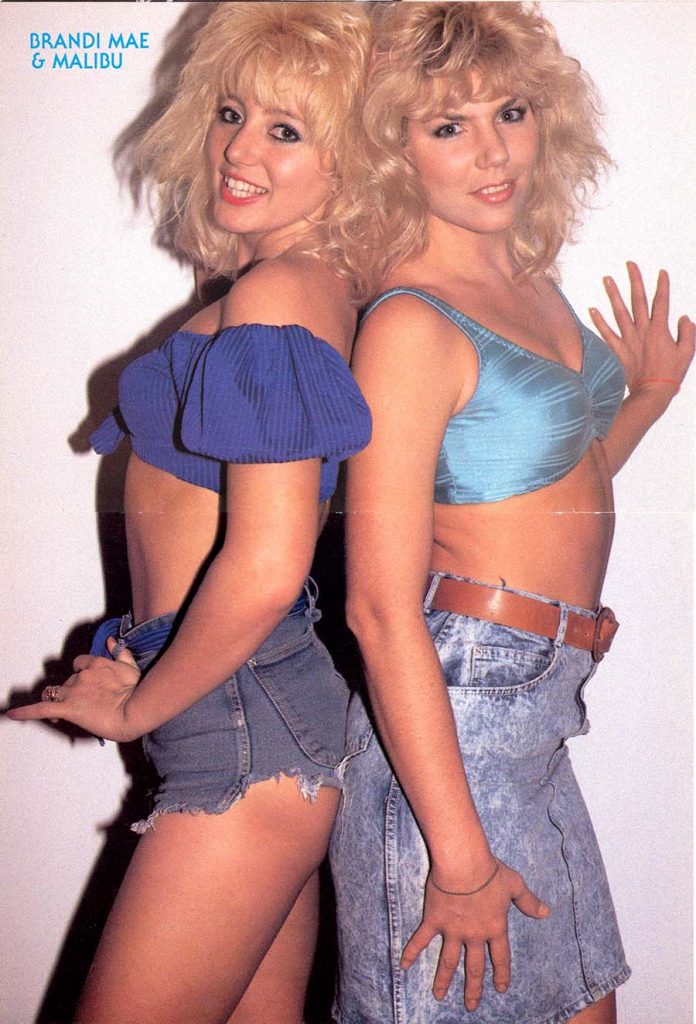 ;
;